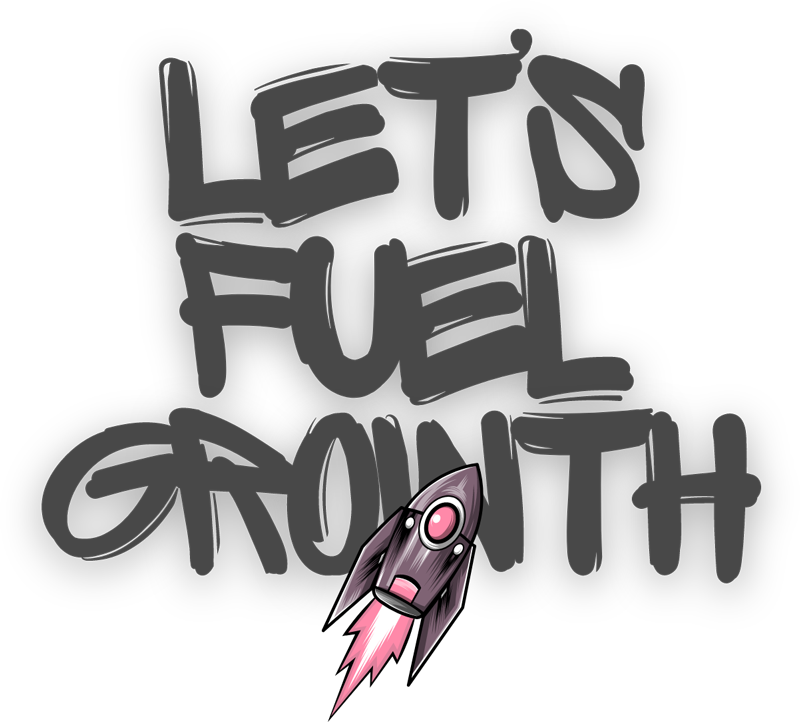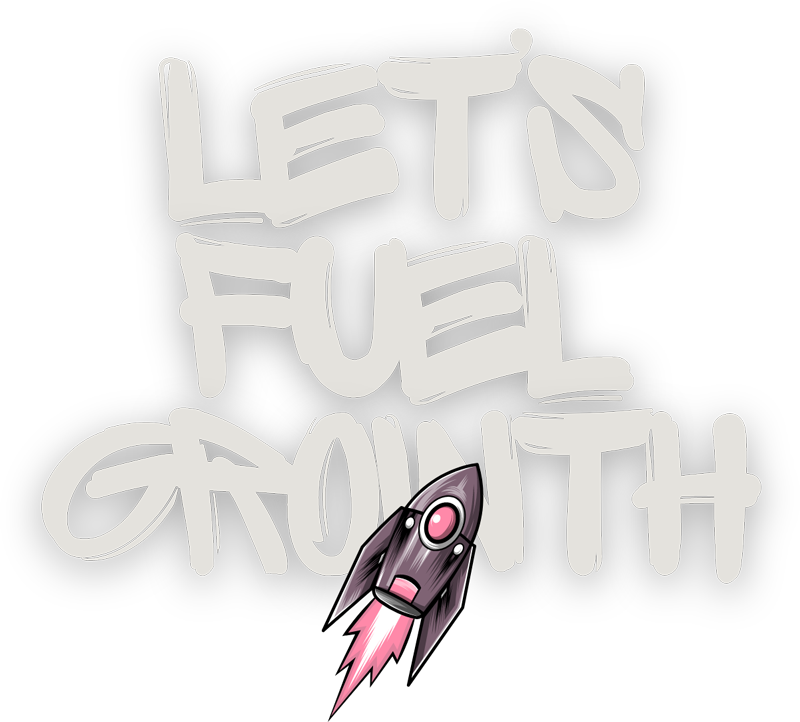
Dual Diagnosis: Substance Abuse and Mental Health
When substance use disorders and mental health challenges collide, the result can be overwhelming, complex, and misunderstood. This intersection is known as dual diagnosis, which affects millions of individuals seeking recovery and balance in their lives.
What Is Dual Diagnosis?
Dual diagnosis refers to the condition of having both a mental health disorder and a substance use disorder (SUD) at the same time. Common combinations include:
| Mental Health Disorder | Common Paired Substance |
| Depression | Alcohol, opioids |
| Anxiety disorders | Marijuana, benzodiazepines |
| Bipolar disorder | Cocaine, alcohol |
| PTSD | Alcohol, methamphetamines |
| Schizophrenia | Cannabis, stimulants |
The key challenge? Both conditions influence and aggravate each other, making diagnosis and treatment far more complex than either condition alone.
Why Do Substance Use Disorders and Mental Disorders Occur Together?
There is no single cause, but several factors contribute to the co-occurrence of mental illness and addiction:
- Self-Medication: People with anxiety, PTSD, or depression may use substances to numb pain or manage symptoms.
- Shared Risk Factors: Genetics, early trauma, and environmental stressors can predispose individuals to both.
- Neurological Impact: Substance use can trigger changes in brain chemistry that lead to or worsen mental health disorders.
According to the National Institute on Drug Abuse, over 9.2 million adults in the U.S. experience both a mental health disorder and SUD—a statistic that underscores how widespread this issue is.
Signs of Dual Diagnosis
Recognizing dual diagnosis is vital for timely intervention. Watch for these overlapping symptoms:
- Mood swings, irritability, or hopelessness
- Withdrawal from relationships or responsibilities
- Increased tolerance to alcohol or drugs
- Inability to control substance use
- Trouble concentrating or completing tasks
- Paranoia, anxiety, or depressive episodes after using
Note: Dual diagnosis may not always be immediately apparent. Mental health symptoms can be masked by substance use—and vice versa.
Treatments for Dual Diagnosis
Effective treatment must address both disorders together, not separately. Here’s what a comprehensive approach might include:
Integrated Dual Diagnosis Treatment Plans
| Treatment Element | Description |
| Medical Detox | Safely manage withdrawal with medical oversight |
| Mental Health Counseling | CBT, DBT, trauma-informed therapy, or EMDR |
| Medication-Assisted Treatment | Used for conditions like depression or opioid addiction |
| Group Therapy & Peer Support | Builds community and shared healing |
| Life Skills Training | Teaches coping mechanisms, boundaries, and emotional regulation |
Facilities and programs that specialize in dual diagnosis, like many that partner with Let’s Fuel Growth, provide individualized, compassionate care rooted in long-term success.
Dual Diagnosis and Recovery: A Lifelong Journey
Recovery is never a one-size-fits-all path—especially for those navigating dual diagnosis. For many, the journey includes:
- Relapse prevention strategies that address emotional and psychological triggers
- Community connection through volunteer work, events, and shared experience
- Leadership development that turns pain into purpose
At Let’s Fuel Growth, our events and initiatives are designed to empower individuals on this dual journey—blending adventure, wellness, and personal development into every step forward.
Final Thoughts
Dual diagnosis is not a life sentence—it’s a challenge that can be met with resilience, education, and the right support systems. If you or someone you love is experiencing both mental health and substance use challenges, you are not alone, and there is help available.
Join us at Let’s Fuel Growth to explore how community, leadership, and recovery can grow together—one step, one event, and one life at a time.

